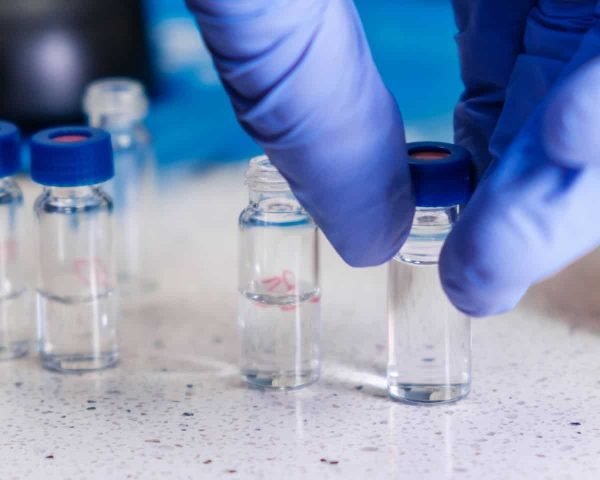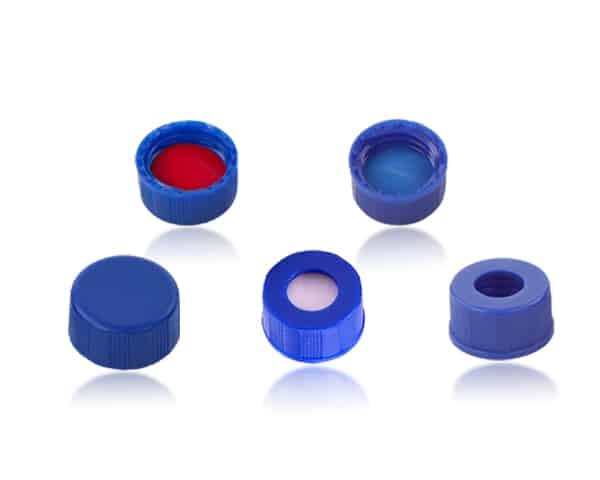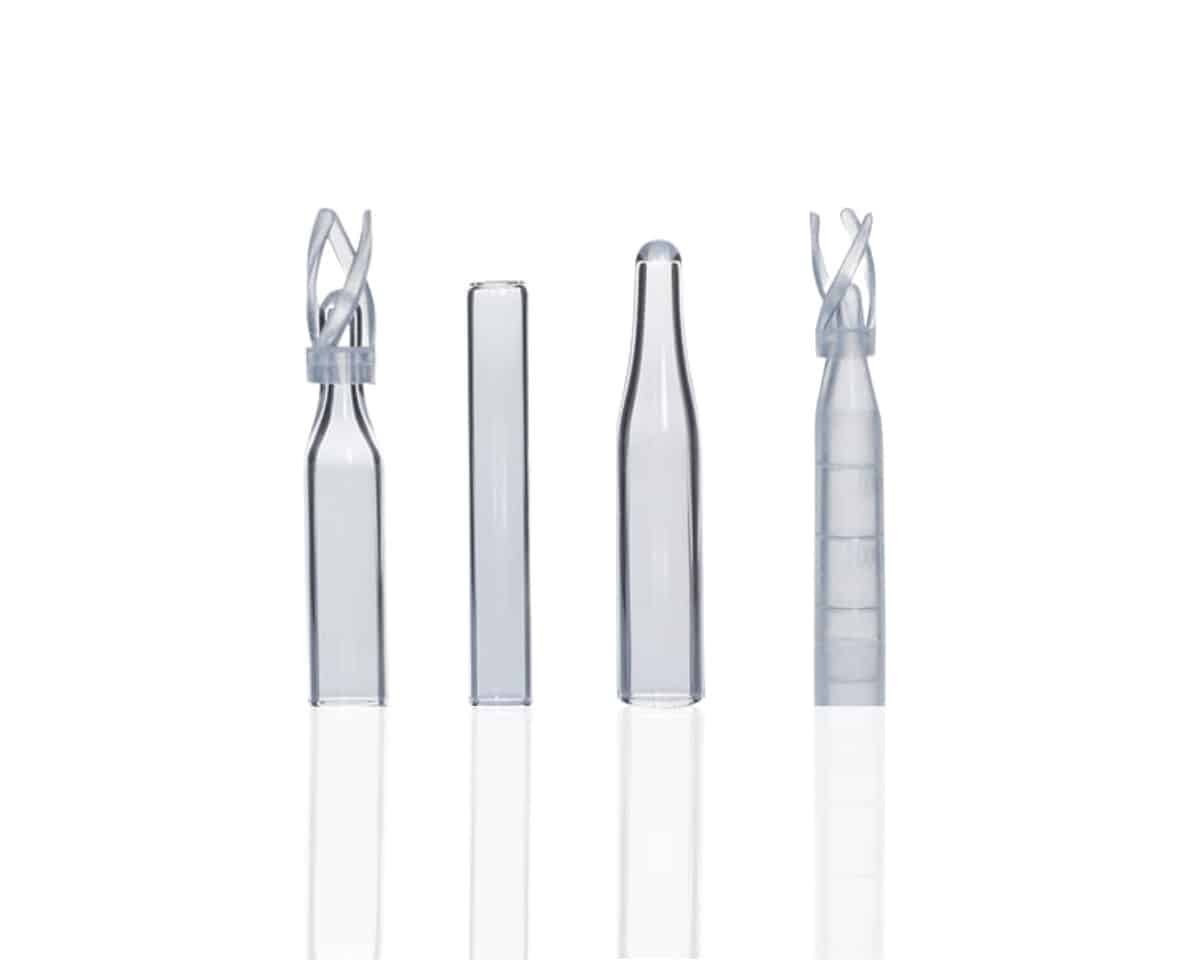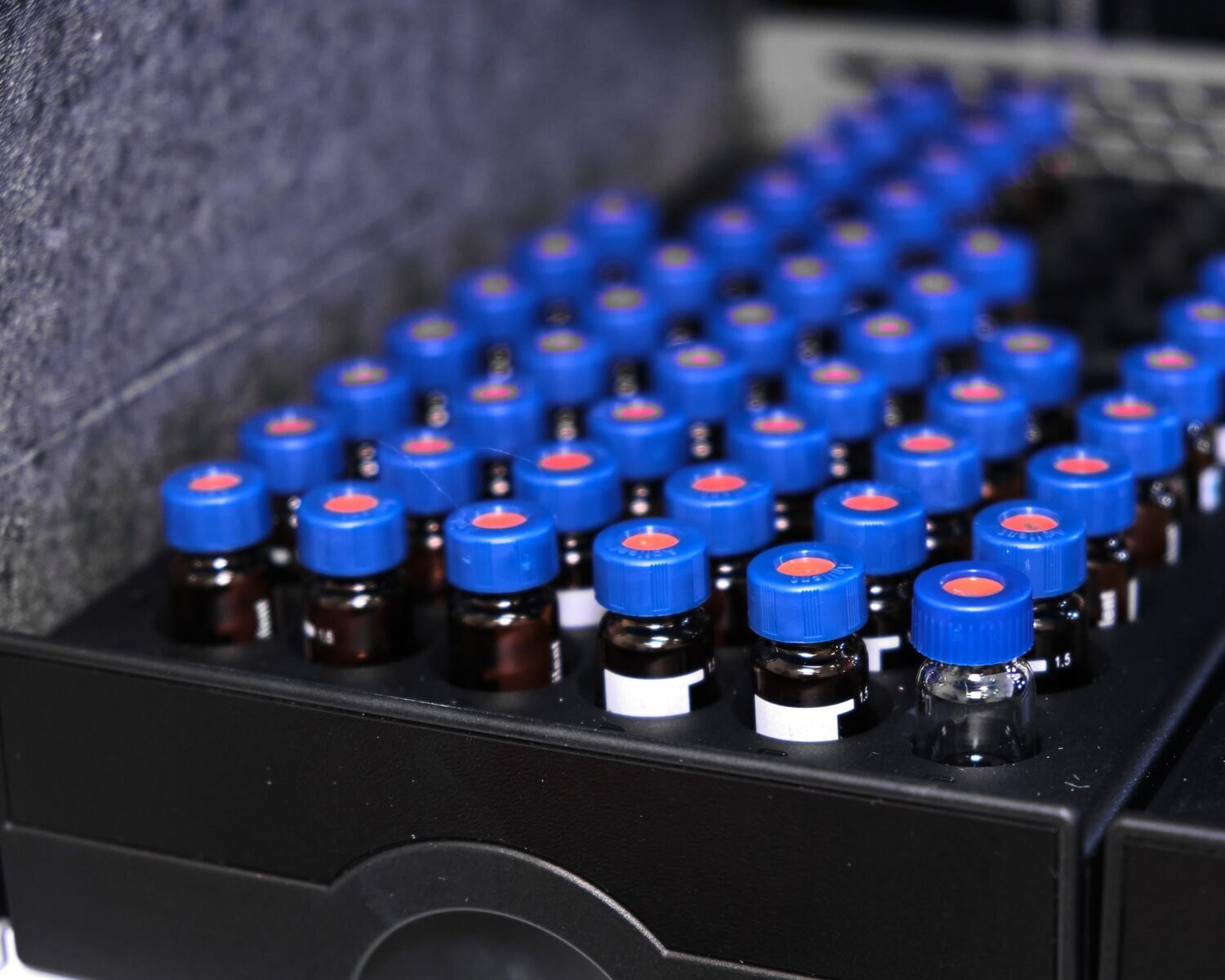There is a high probability of using Silanized glass in any scientific field. When doing so, it’s important to understand its usability and compatibility.
If you’re finding yourself in a situation where this type of glass is needed but are not sure how to use it. Then, you’re in the right place.
In this article, you will find out all the important information about Silanized glass. When to use it, how to use it, and best practices.
What is Silanized Glass?
Silanized (or siliconized) glass is a solution. To what you ask?
In order to prevent solute adsorption on the glass surface, it is recommended to use silanized glass. Hydrophobicity is also increased thanks to this.
Silanized glass is crucial when working with low concentrations of sticky solutes. For example, the sticky solutes can be single-stranded nucleic acids, proteins, etc.
Silanization refers to the application of organofunctional alkoxysilane molecules to a surface. You can silanize the mineral components because they include hydroxyl groups. Those groups attack and displace the silane’s alkoxy groups. That process generates a covalent -Si-O-Si- link.
The purpose of silanization is to create bindings at the interface between mineral and organic components in:
1. paints,
2. adhesives,
3. and other products.
Silanization (or siliconization) enhances the hydrophobicity of glassware. Which is then used in cell culture to diminish cell adhesion to flask walls.
To get a fuller picture, here is a video by SGD Pharma. Watch it to understand the siliconization process better.
Siliconization process overview
The procedure begins with a thorough cleaning of the insides of the vials. Then, you spray the vials with an aqueous emulsion of polydimethylsiloxane oil.
Finally, the silicone layer is placed on the glass in the annealing lehr after passing the treated vials. Now, you put the silicone layer on the glass.
You can use the siliconization on vials ranging in size from 5 mL to 1000 mL, type I, II, or III, in flint or amber.
You need to conduct compatibility testing. Do the test between the product formulation and the siliconized containers.
The chemical structure of the product formulation determines the silicone coating’s resilience. As well as its ability to dissolve silicone.
Because silicone is organic, it degrades at high temperatures of roughly 350 F. You should not expose the silicone coating on siliconized vials to such high temperatures since it may begin to degrade.
Siliconization occurs in a class 100,000 or D cleanroom that meets the same air quality control criteria as the bottles themselves.
Supplies and equipment for silanization
• Dimethyldichlorosilane – You should handle this compound with extreme caution. The reason is that it reacts with a variety of common chemicals and is combustible. HCl vapor is generated when dimethyldichlorosilane comes into contact with the glass. When it comes into contact with water, it has a similar effect.
As a result, always work with this substance in a chemical hood.
When working with concentrated dimethyldichlorosilane or siliconizing solution, use:
1. latex gloves,
2. a lab coat,
3. and eye protection.
Avoid mixing concentrated dimethyldichlorosilane or siliconizing solution with water. That could result in an explosive release of HCl gas. Avoid physical contact and inhalation of fumes. If dimethyldichlorosilane comes into touch with exposed skin, wash with soap and water. Do not expose dimethyldichlorosilane to open flames or high temperatures.
• Chloroform – Avoid skin contact and inhalation of chloroform vapors. It can irritate the eyes and respiratory tract. In addition, excessive exposure can harm your organs.
• Standard chemical hood in a laboratory
• Latex gloves
• Labcoat
• Safety glasses or goggles
Advantages of using siliconized glass
Glass containers with internal siliconization have three advantages:
– It reduces the amount of interaction between the product and the container.
– It prevents high viscosity products from adhering to the internal surface of the vials. That results in perfect transparency in the glass container.
– The silicone coating assures a better restitution rate down to the last drop of the product due to its hydrophobic qualities.
What happens if you use glass that’s not siliconized?
To remind you of what was previously mentioned:
People use silanized glassware to avoid solute adsorption on the glass surface. Or to increase its hydrophobicity.
So, what happens if you don’t use siliconized glass?
1. Clottings factors activate when in contact with borosilicate or unsiliconized glass
2. Polyacrylamide will stick or repel the glass plates depending on the used silizonized agent.
Proteins and siliconized glassware are less likely to interact with each other.
Silanization process information and cleaning methods
Chromatography commonly uses f-grade hydrolyzed glass. However, some compounds like:
1. amino acids,
2. proteins,
3. or phenolic compounds,
Respond with different adsorption degrees if the glass wall was silanized. To prevent reactions between polar materials and glass, the surface of the silanized glass has to be deactivated.
Now onto the cleaning part. There are more methods, but here are three which are very common.
Method 1. Alcohol, Water, and Oven Dry.
1. Remove the liquid from the container.
2. Fill it up with alcohol. Then proceed to a double ultrasonic wash. Remove the alcohol in full after this.
3. Repeat the same process again but this time with water.
4. Now proceed to dry it for one to two hours at 110ºC. Do not bake it at higher temperatures to prevent damage.
5. After it cools down, it is ready to be used again.
Method 2. Water and Air Dry
1. Start by rinsing it repeatedly with tap water.
2. Now move it to a beaker. Use a pure water ultrasound wash for at least 15 minutes
3. Repeat again step 2 with a new batch of pure water
4. Now move the sample vial into a soak of anhydrous ethanol
5. Make sure to remove any liquids and finish by air drying it
Method 3. Multiple Cleaning Solutions
1. Start by rinsing the vial with clear water. Then dry it.
2. Prepare a potassium dichromate sulfate solution and soak the vial in it.
3. Now soak the vial for a minimum of four hours in medical alcohol.
Then proceed with the following steps:
a) 30 minutes: ultrasound wash,
b) remove the medical alcohol,
c) 30 minutes: ultrasound wash using water,
d) finish up by drying it.
What is the difference between the deactivated and silanized glass?
A “coating” procedure utilizing silicone oil dissolved in a solvent is often used to deactivate glass vials and inserts. That procedure is essential because it prevents adsorption of:
1. proteins,
2. peptides,
3. and other substances for laboratory usage.
The process called “silanizing the glass” is coating the glass’s surface.
Most of the Glass has a superior method called “Reactive Organosilane Bonding” coats. They involve “silanizing” with a multifunctional silane or a reactive silane monomer.
On the glass surface, hydroxyl groups establish covalent bonds with the chemicals. Which then generates a hydrophobic surface layer that is semi-permanent. That layer is less reactive and adsorptive to various hydrophobic substances.
So, there is no core difference.
How can you deactivate the glassware?
When dimethyldichlorosilane (DMDCS) combines with active hydroxyl groups on a glass surface, you get a deactivated formed layer. This guarantees that sensitive substances are handled in inert glassware.
The reaction releases hydrogen chloride during the deactivation process (HCl). As a result, it is advised to perform this procedure in a fume hood.
- Dilute a 5% DMDCS solution in toluene. For example, you can make the solution by diluting 20 mL DMDCS with 400 mL toluene. Keep the solution at room temperature in amber glass.
- Soak glassware for 15 to 30 minutes in a 5 percent DMDCS solution.
- Toluene-rinse glassware twice.
- Soak glassware for 15 minutes in methanol.
- Use methanol to clean the glassware.
- Dry, high-purity nitrogen glassware (moisture and hydrocarbon free).
Frequently asked questions
There are a lot of questions related to this topic. Find the answers below.
How do silane coupling agents work?
Inorganic and organic components can be easily intermediate by a silane coupling agent. By using these coupling agents, we will be strengthening the composite materials. It’s also a way to improve surface modification, and adhesion, as Shin Etsu says.
What drugs come in glass vials?
Someone can supply the cocaine powder in small glass vials with colored lids or small sacks. The cocaine is typically pulverized into a fine powder that resembles confectioners’ sugar. People can mix the powdered cocaine with:
1. water,
2. ammonia,
3. or baking soda in the crack variant of cocaine.
Newport Academy has a lot of articles regarding drug safety.
What is the material of the vial?
You can use plastic or glass vials in modern containers. You can store small amounts of liquid utilized in medical or molecular biology applications. There are several distinct types of closure systems that are routinely employed.
What is siliconization in layman’s terms?
Siliconization is a process that makes the vial slippery. This video explains what happens when the vial endures the process of siliconization.
Conclusion
Now you have the answers on one pile. Siliconization of glass, or bottles and vials, is a process that is quite common in the world of science.
We hope that this article has briefly brought you closer to the topic you are interested in – siliconized glassware.











